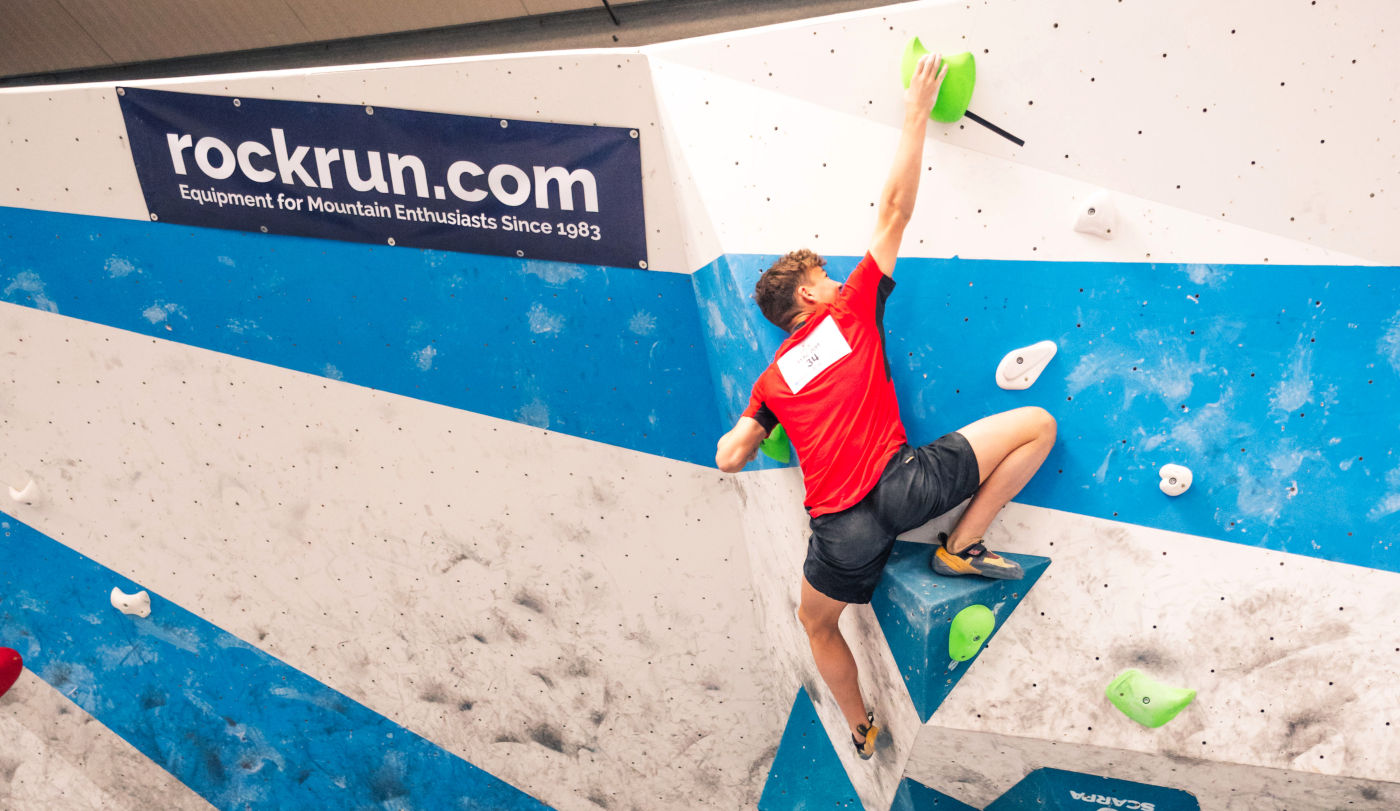By Morgan Cvetkovic-Jones
Welcome to Indoor Climbing: The Basics. New to the world of climbing and interested in giving it a go? If so, here we answer those initial questions you may have to help you get started and point you in the right direction.
What is indoor climbing?
As the name suggests, indoor climbing involves climbing on a purpose built indoor structure which seeks to replicate the climbing experience in a controlled environment. It's fun, highly social and offers proven health benefits, both mental and physical. It may involve roped climbing or bouldering (low level climbing above crash pads). For more about these and other specific styles of climbing, check out our Types of Climbing: The Basics article.
How do I start climbing?
Although climbing is becoming increasingly popular, it can be difficult to know where to start and how to get involved. With indoor climbing’s increasing rise in popularity, artificial/indoor climbing walls (or climbing gyms, as they are sometimes known) are popping up across towns and cities countrywide. The best and easiest ways to start climbing are:
- Attend an induction session at your local climbing/bouldering wall.
- Sign up to a beginner’s course at your local wall.
- Tag along with an experienced friend.
The information and pricing relating to induction and beginners classes is generally easily found on a climbing wall's website. An initial induction class will generally be between one and two hours and cost you between £20 and £30 pounds.
What is an indoor climbing wall?
An indoor climbing wall or climbing gym is a venue offering specially designed, artificial climbing surfaces. These artificial structures are usually a geometric frame, panelled with plywood. They are thoroughly tested to ensure they are safe to handle the rigours of repeated climbing sessions. These walls will be covered with artificial climbing holds, which are generally made from polymer resins (plastic) mixed with sand and usually come in a variety of jazzy colours. Thanks to their pleasant aesthetics and the sustainability story, wooden holds are now also becoming more common. The holds are put onto the wall in a specific arrangement, or sequence, for the climber to follow. The complexity of this sequence along with the positivity of the holds will define the difficulty of the climb. This difficulty will be defined by some form of numerical grade - simply put, the higher the number the harder the climb.
Do I need any qualifications to climb at these walls?
No, you don’t need any qualifications but in some cases you may be asked to demonstrate a specific set of skills before you are allowed to climb on your own/unsupervised. You will generally be required to sign a waiver or a document declaring your compliance with the climbing gym’s set of rules and your acknowledgement of this being a sport with some level of personal risk.
At roped climbing venues, you will be asked to show a member of staff your ability to perform the relevant rope climbing techniques (knot tying and belaying) before you are signed off and able to climb on your own. If you don’t have these skills, it is imperative that you learn them properly. We would advise attending a rope climbing specific course at your local wall.
Do I need any kit?
If you are just starting out then no, both bouldering and roped climbing walls will have all of the required kit for you to hire alongside your entrance fee to the wall. We’d advise you wear comfortable clothes that you can move around in – tight jeans look great but flippin’ heck they’re hard to climb in!
For More Information
We have a range of articles on our blog that you may find interesting:
- The Basics Articles for brand new climbers and beginners.
- How to Guides A series of guides answering specific questions you may have.
- Buying Guides For when you are ready to start purchasing.
If you have any other questions, then please get in touch.















